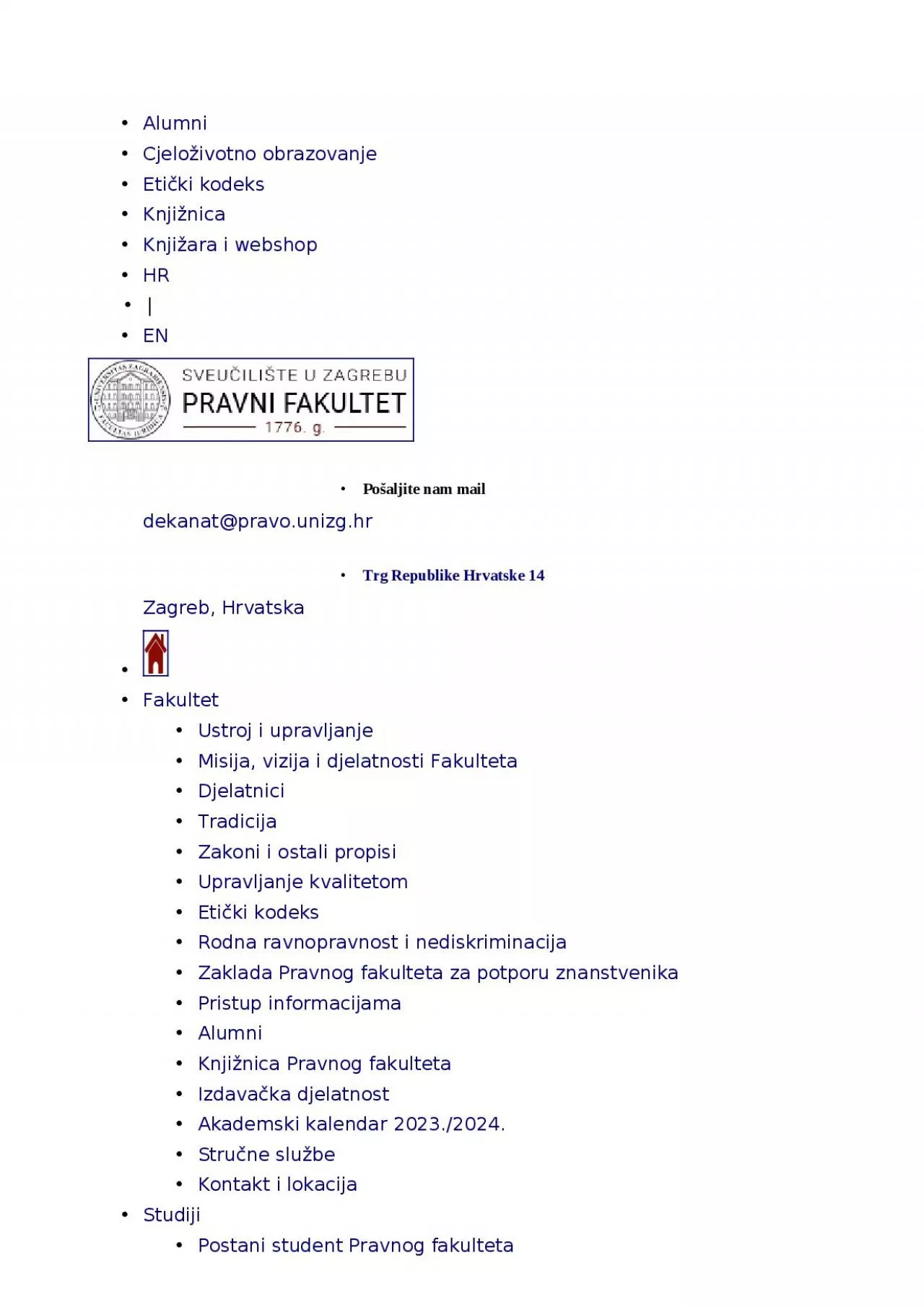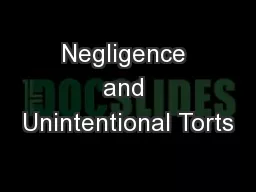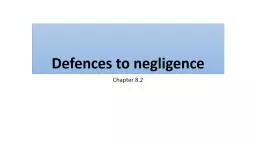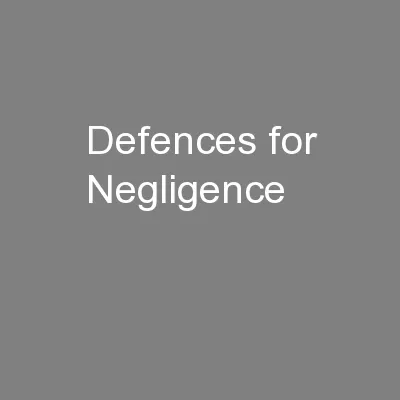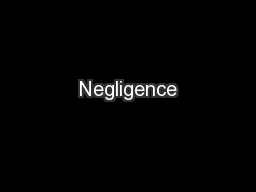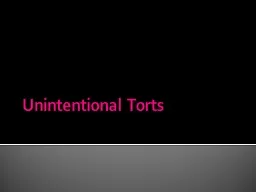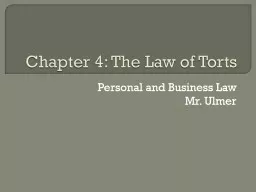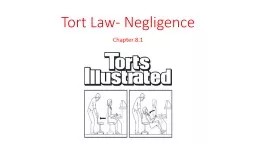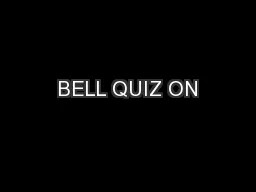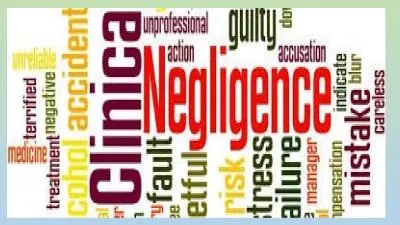PPT-Negligence Part Three Discussion
Author : jacey | Published Date : 2023-09-01
Think of situations in which one person should act with care towards another and fails to provide it Have you heard of lawsuits being filed over such situations
Presentation Embed Code
Download Presentation
Download Presentation The PPT/PDF document "Negligence Part Three Discussion" is the property of its rightful owner. Permission is granted to download and print the materials on this website for personal, non-commercial use only, and to display it on your personal computer provided you do not modify the materials and that you retain all copyright notices contained in the materials. By downloading content from our website, you accept the terms of this agreement.
Negligence Part Three Discussion: Transcript
Download Rules Of Document
"Negligence Part Three Discussion"The content belongs to its owner. You may download and print it for personal use, without modification, and keep all copyright notices. By downloading, you agree to these terms.
Related Documents

